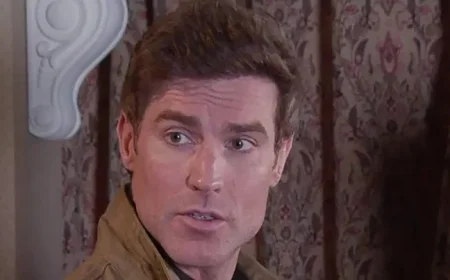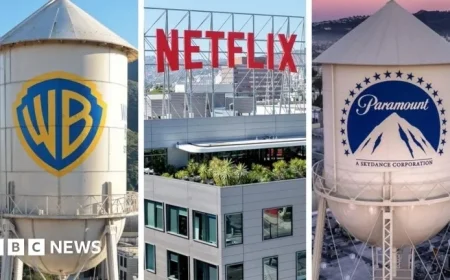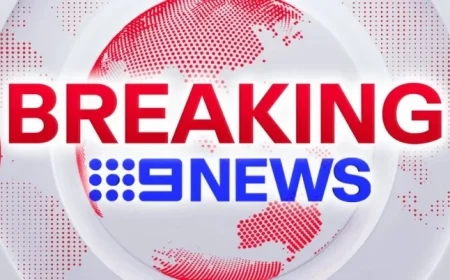OpenAI Faces Governance Challenges and Financial Prospects

OpenAI is currently navigating a complex landscape filled with governance challenges and financial uncertainties. Under the leadership of CEO Sam Altman, the organization’s dual structure—part for-profit, part nonprofit—has drawn significant scrutiny.
Governance Challenges at OpenAI
The company’s governance arrangement, as discussed in a biography by Keach Hagey of the Wall Street Journal, is seen as fundamentally unstable. This precarious situation raises concerns about investor confidence and OpenAI’s ability to secure necessary funding.
The Tumultuous Period: ‘The Blip’
A pivotal moment for OpenAI was during what insiders refer to as ‘the Blip.’ In this period, CEO Sam Altman was temporarily ousted before being reinstated. This incident highlighted the complex power dynamics within the organization.
- Investors like Microsoft exert significant influence over the company.
- Despite formal governance rules, actual control often lies with major stakeholders.
Financial Prospects
OpenAI is a capital-intensive entity that depends heavily on investor support. Hesitation from potential investors, primarily due to governance concerns, presents substantial risks to its operations. This scenario poses existential challenges for the company.
The Role of Leadership
Despite these hurdles, Sam Altman is recognized as a skilled dealmaker. His strategic abilities provide a degree of reassurance about OpenAI’s future, although success remains uncertain.
Political Maneuvering and Strategic Partnerships
Altman’s adaptability extends beyond corporate governance. His efforts to secure data center deals, aided by support from the Trump administration, illustrate his strategic acumen. This duality enables him to navigate the company’s evolving position in the AI sector despite his progressive political background.
The road ahead for OpenAI will require careful navigation of its governance structure and financial strategies. As the AI landscape evolves, the challenges posed by these dynamics will remain critical to the organization’s long-term success.
































